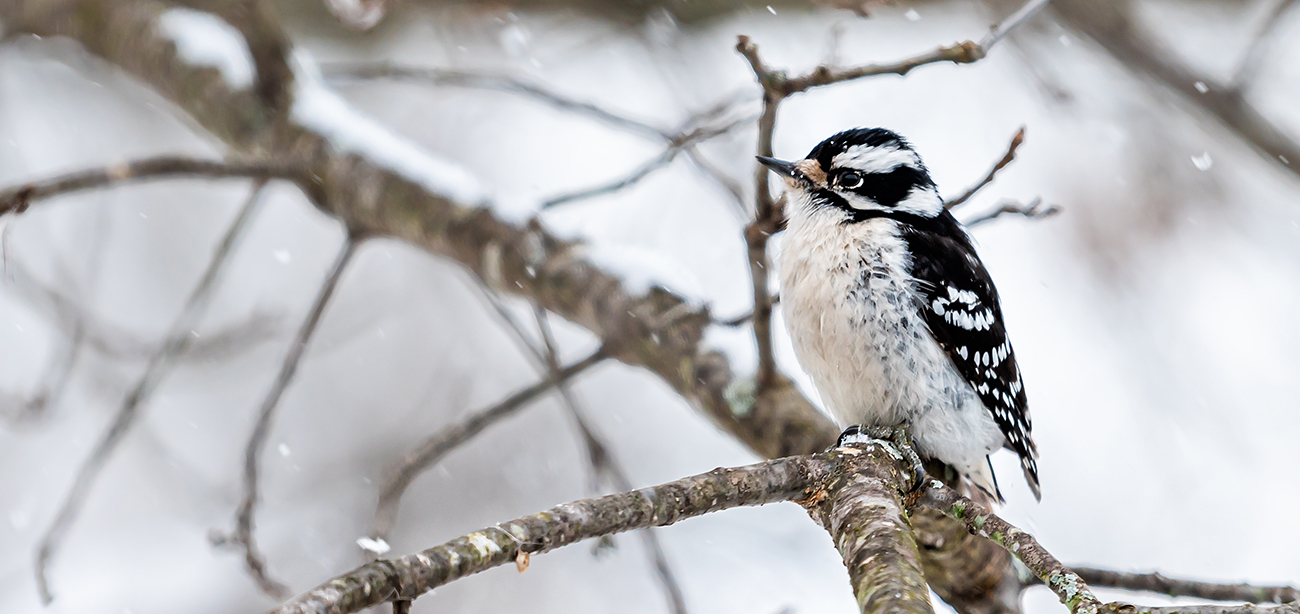Discover the Interesting World of Woodpeckers: Whatever You Required to Know
The world of woodpeckers is a realm filled up with one-of-a-kind actions, elaborate adjustments, and a varied array of species. From their habitats and distribution patterns to their feeding behaviors and specialized physiological features, woodpeckers have long mesmerized the passion of ornithologists and nature enthusiasts alike. Understanding the details of these interesting birds offers a peek into the complicated interplay in between their biology and the setting. As we explore the world of woodpeckers further, we uncover a wealth of details that drops light on their relevance in environments and the challenges they face in an ever-changing globe.
Woodpecker Habitats and Distribution
Woodpeckers live in a diverse series of settings worldwide, showcasing adaptability in their distribution patterns. These durable birds are found in woodlands, forests, savannas, and deserts throughout different continents, demonstrating their ability to flourish in various weather conditions. In The United States and Canada, for instance, woodpeckers can be spotted in both coniferous and deciduous forests, utilizing their solid beaks to forage for pests and create nesting tooth cavities in trees. Similarly, in Africa, specific woodpecker varieties have adjusted to arid settings, such as the acacia forests, where they play a critical function in controlling insect populaces.

Feeding Behaviors and Diet Regimen
Amongst the various aspects of their habits, woodpeckers show unique feeding routines and nutritional preferences. These birds are largely insectivores, with a diet plan that includes ants, beetles, caterpillars, and other pests discovered in trees. Woodpeckers utilize their strong beaks to pierce right into the bark of trees, penetrating for insects and larvae hidden beneath the surface area. In enhancement to pests, woodpeckers also consume nuts, seeds, fruits, and sap. Some types have actually specialized tongues with barbed tips that aid them extract bugs from crevices in timber.
Woodpeckers are known for their drumming actions, which offers not just to interact with various other woodpeckers but likewise to locate food. The rapid drumming sound is Look At This created by the bird i was reading this pecking on resonant surface areas like dead trees or metal poles. This habits can bring in pests concealed in the timber, permitting the woodpecker to spot their existence and feed upon them.
Distinct Adaptations for Tree Climbing
In their adept search of bugs hidden within tree bark, woodpeckers have progressed remarkable physiological attributes that furnish them with one-of-a-kind adjustments for effective tree climbing. Woodpeckers have strong neck muscular tissues and a distinct skull framework that absorb the impact of consistent pecking, allowing them to climb up and down without triggering harm to their minds. These adaptations showcase the unbelievable transformative design that makes it possible for woodpeckers to browse trees with precision and effectiveness.
Diverse Woodpecker Species Worldwide
With over 200 different species spread across numerous environments worldwide, the family of Picidae includes an exceptional variety of woodpeckers. These birds can be located in woodlands, timberlands, savannas, and also metropolitan areas, showcasing their flexibility to various settings. From the famous Northern Flicker in The United States And Canada to the vibrant and evasive Crimson-backed Flameback in Asia, each woodpecker types this hyperlink shows special attributes in terms of quill, actions, and environment choice.
Woodpeckers differ greatly in dimension, with the diminutive Downy Woodpecker measuring around 6-7 inches in size, while the effective Lineated Woodpecker can rise to 17 inches - Woodpeckers in Florida. Their beaks likewise are available in different sizes and shapes, showing their feeding habits. Some types focus on removing bugs from tree bark, like the Acorn Woodpecker, while others, such as the Black-cheeked Woodpecker, feed upon fruits and seeds

Preservation Efforts and Difficulties
Preservation campaigns for woodpecker populations are critical in alleviating the impact of habitat loss and other risks encountering these diverse avian species. Woodpeckers face different difficulties to their survival, largely because of deforestation, urbanization, environment adjustment, and invasive types. To deal with these issues, conservation efforts concentrate on shielding and bring back woodpecker habitats, carrying out sustainable forestry techniques, and elevating understanding about the value of these birds in communities.
One substantial obstacle in woodpecker preservation is the fragmentation of their habitats, resulting in isolated populaces that are much more at risk to extinction - Woodpeckers in Florida. Conservationists work to develop wild animals hallways and secured areas that attach these fragmented environments, permitting woodpeckers to move between various areas for feeding, reproducing, and sanctuary

Conclusion
In conclusion, woodpeckers are interesting birds with distinct adjustments for tree climbing and feeding actions. Additional study and conservation actions are needed to make certain the survival of woodpeckers in the wild.